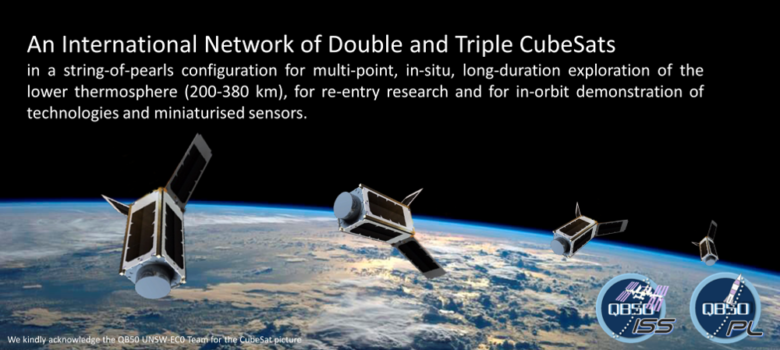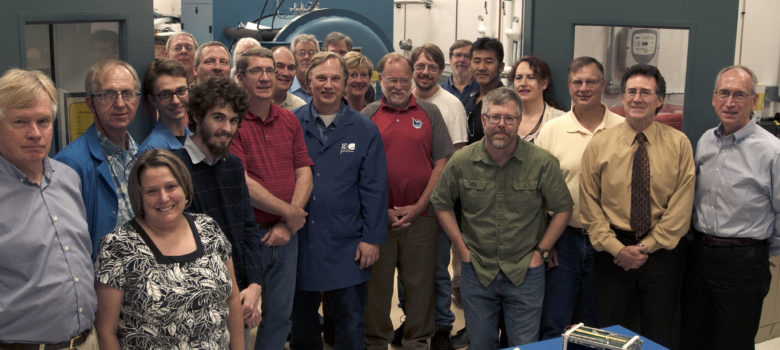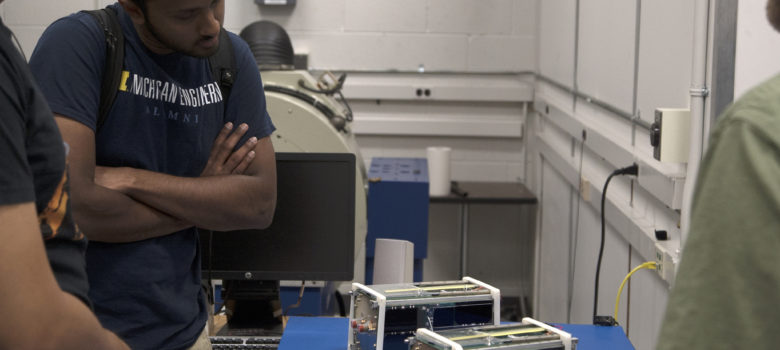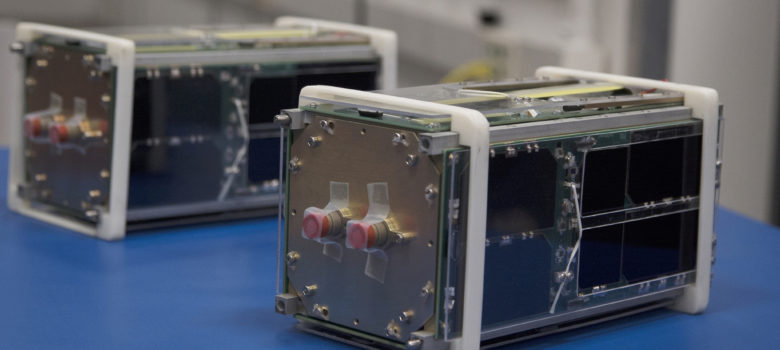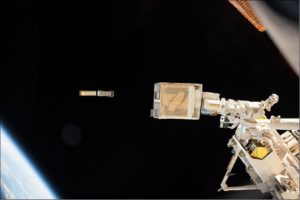Atlantis and Columbia
Summary
Mission: Two 2U CubeSats supporting international 50-satellite Earth science mission
Challenge: Extremely rapid development of two deliverable flight units. Not much room for error in design.
Solution: Took high-end flight instrumentation experience and tailored for CubeSat philosophy. Modular design allowed access at late stages of integration.
Value: Developed new packaging approach, command and data handling (CDH) design, and electrical power system (EPS) design now utilized on other CubeSat projects at UM.
Lab: SPRL
Scientific Objective
As time goes on, those most distant frontiers, the atmosphere and outer space, become ever more accessible to researchers and scientists. The two CubeSats, the Atlantis and Columbia, were developed as part of an initiative to pioneer new techniques in atmospheric research, demonstrate new technologies, and promote affordable access to space for small-scale space research missions. The CubeSats were created by SPRL in support of the QB50 mission and were a part of this constellation of satellites probing the thermosphere.
This project featured a clean sheet design driven by an aggressive four-month development, integration, and test schedule. Several innovations were made on this fast-track project, but the most important success was the demonstrated ability of SPRL engineers and technicians to develop spaceflight hardware in a very short period of time.
The CubeSats were launched in April 2017. An issue with the FIPEX instrument prevented collection of atomic oxygen data, but all engineering subsystems performed successfully until de-orbit in the spring of 2018. The designs developed under the QB50 project are now being utilized in two other flight approved CubeSats under development at UM.
SPRL Contributions
- Instrument Principal Investigator, Aaron Ridley, Professor, Climate and Space Sciences and Engineering

